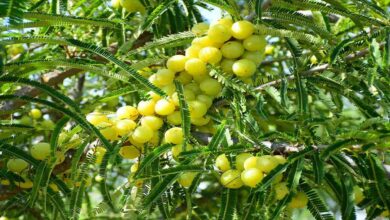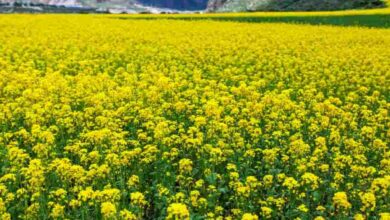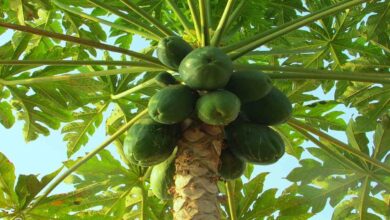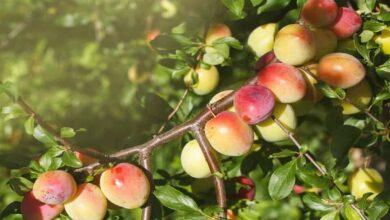Top Maize Variety: Become rich by cultivating these 3 best varieties of maize
Top Maize Variety: The government is now giving particular focus to speeding up the production of maize with the goal of encouraging the development of alternative fuels like ethanol. Furthermore, the only way that farmers can cultivate maize with bounty profits is by selecting more productive and disease-resistant cultivars. In order to increase their production and market value from growing maize, farmers must concentrate on developing improved varieties.
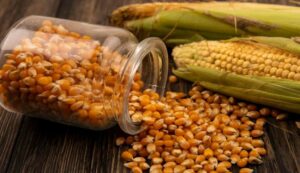
Thus, to maximize the yield from their farms and capitalize on the growing demand for maize, farmer brothers should not only choose the appropriate kinds before planting but also adhere to contemporary farming practices and the advice of agricultural specialists. In light of this, please provide specific information regarding the two enhanced varieties of maize—IMH 225 and IMH 228—that the Indian Maize Research Institute has created.
Better Types of Maize
MH 225 and IMH 228
The Indian Maize Research Institute created two types of maize that are easy to cultivate in all three seasons: spring, rabi, and kharif: IMH 225 and IMH 228. With regard to production, IMH 225 yields 102.5 quintals/hectare and matures in 155–160 days. The unique feature of this type is its modest resistance to autumn armyworm, pink stem borer, and stem borer. Furthermore, it is immune to illnesses such as Turbinium leaf blight, fusarium stalk rot, Maydis leaf blight, and charcoal rot. Punjab, Haryana, Uttar Pradesh (the western part), Uttarakhand (the plains), and Delhi are good places for this species.
IMH 224
In a similar vein, farmers may benefit greatly from the IMH 224 corn variety. An enhanced corn cultivar is IMH 224. This corn variety is hybrid. During the Kharif season, farmers in Bihar, Odisha, Jharkhand, and Uttar Pradesh may plant IMH 224 maize since it is a rain-fed type that receives irrigation from rainfall. It takes 90 days to mature and yields 70 quintals per hectare. Because of its resistance to diseases, it is unaffected by conditions such as Fusarium stem rot, Maydis leaf blight, and charcoal rot.
In contrast, the hybrid variety IMH 228 yields 105.7 quintals/hectare on average. Northeastern plains of Bihar, Jharkhand, Odisha, West Bengal, and eastern Uttar Pradesh were found to be suitable for its cultivation.
MH 224
In a similar vein, farmers may benefit greatly from the IMH 224 corn variety. An enhanced corn cultivar is IMH 224. This corn variety is hybrid. During the Kharif season, farmers in Bihar, Odisha, Jharkhand, and Uttar Pradesh may plant IMH 224 maize since it is a rain-fed type that receives irrigation from rainfall. It takes 90 days to mature and yields 70 quintals per hectare. Because of its resistance to diseases, it is unaffected by conditions such as Fusarium stem rot, Maydis leaf blight, and charcoal rot.
Approximately 149 hybrid cultivars have been produced by the Indian Maize Research Institute, according to Dr. Hanuman Sahay Jat, Director of the Indian Institute of Maize Research (IIMR). When farming, farmers should choose innovative and high-quality cultivars. They will make more money growing it if they choose types with better production. FPOs, farmers, distilleries, and the seed business are working together on a project dubbed “Increasing maize production in the catchment area of ethanol industries,” which is being managed by the central government.


